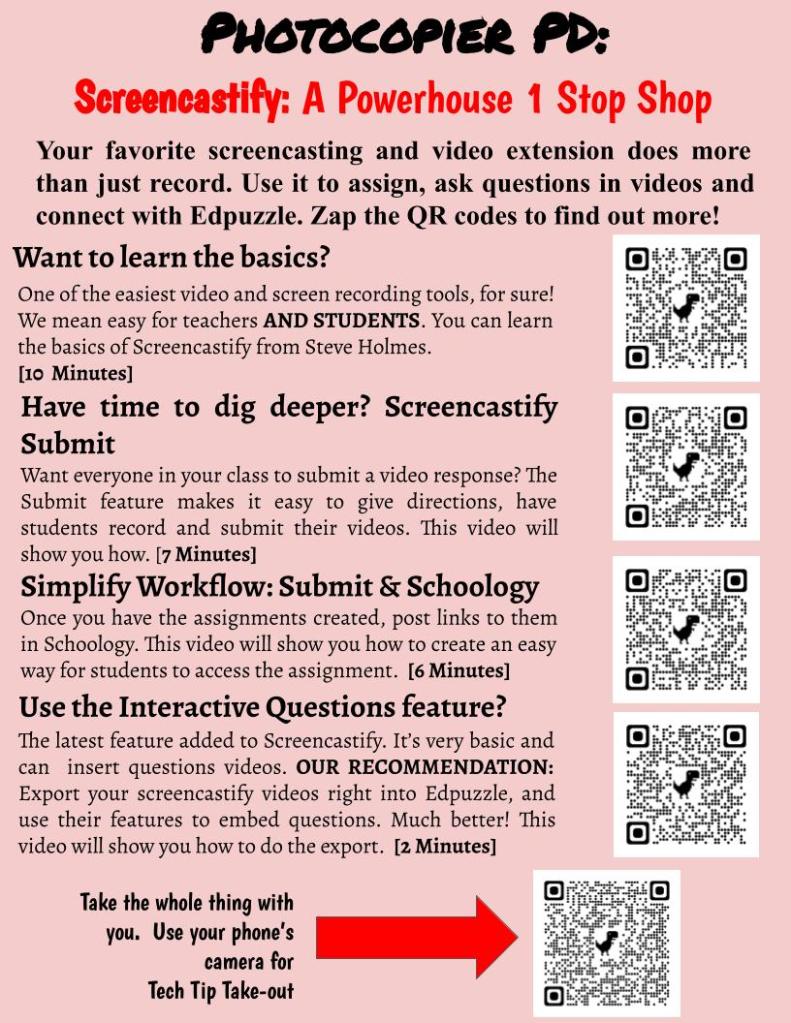
The Benefits of Screen Sharing and Apps to Explore
Don’t Let Your Pandemic Videos Languish
One of the great things to come out of the school closures, remote learning and hybrid schedules from the pandemic was the use of video. Knowing that many of you will cringe when reading this, let me take a moment to explain and address your concerns.
The benefit and advantage of video is that it allows students to access your course content, and really, access you at any time. Your videos hold your knowledge as well as your ability to translate content in a consumable package for young people. Over the past year and a half, you made videos of pieces of the curriculum that you are probably still teaching, but now you are providing face-to-face, real-time, direct instruction.
In my hallway conversations with teachers, there’s an overwhelming feeling of relief being back with students in the classroom for full weeks of school, and there’s a really conscious effort to engage students with analogue processes, activities and products. After eighteen months of heavy digital lifting, it makes sense to give everyone a break from the screen time. Even as a technology integration specialist, I don’t disagree with this effort. In my personal life I’ve been working hard to read, to read whole books, and to read them on paper. So, I feel the need personally to right the ship of my own digital life.
However, in a time when teachers still continue to feel the strain and exhaustion of the past eighteen months, holding onto video and getting kids to engage in watching videos can be done smartly and with a healthy balance between analogue and digital. You aren’t reinventing the wheel; instead, you are reusing good materials.
If you have short, focused, well-made video content use it. If you need to do some editing to old videos to update or remove the cringe-worthy elements, learn to do it. Most video services that we’re using–YouTube, WeVideo or Screencastify–have easy to use editors that make short work of cutting down and cutting out irrelevant content. Then, when using video, think about balancing with meeting kids face-to-face. How? Consider the following:
- Remember the days when we talked about flipping the classroom. Kids went home, watched a video lesson and then came to class the next day to do the work. Do it with a video you made last year, and then when they are in class, you have lots of time to talk to each kid, see what they are struggling with and provide help while you are sitting next to them. If they don’t need help, you still have time for a check-in or to find out what their latest binge is. If they didn’t watch the video at home, guess what they’re doing during the work session.
- Videos provide excellent resources for small groups or station rotation activities. Maybe you’ve identified a group of students who would really benefit from additional support directly from you, but you’re wondering what to do with the other students in class. You can connect with kids who need help, and others could watch a video leading to enrichment or as part of a small group lesson. Video and related activities become an easy resource to structure lessons.
- Maybe your class is involved in some form of work session. I don’t know a subject or grade level where at some point in the week, kids are working on something. This is great as it provides you with the opportunity to do one-on-one instruction, or to work in small groups. Video can play an important role in a work session, because students might watch a short video to be reminded about project requirements, remember the finer details of a skill, or hear you talk through some element of problem solving.
Beyond this, think about how some simple edutech tools can sharpen your teaching through some data and assessment. Putting appropriate videos on your YouTube channel can help to know how many views you are getting. Using integrations between Schoology and Edpuzzle, Nearpod or Screencastify Submit or embedded questions can help students process content and give you and your students feedback on what is really being learned.
Don’t fall into the trap of seeing a video as one-and-done. Think about ways to curate and publish videos so that they can be used when students need them. One important thing to remember is to keep your videos time-neutral. Stay away from phrases such as “Good Morning,” or “Good Afternoon,” or “Happy Halloween.” These things can confuse or disorient students who might watch at a different time from when you produced your video.
On a final note, think about stretching yourself with video use. Have you considered video feedback where students watch you check their math solutions or see you edit a paragraph of writing. Are you an arts teacher–maybe video critiques of student 2D and 3D projects or music practice. And, while we’re trying to emerge from a difficult period of instruction with the pandemic, the use of video could be one practice that we could hold onto if done smartly. Also, to hear my podcast on this topic, check it out below or on Anchor.
How to Scan a QR Code with Your Chromie
Image
Edtech ReviewThe Instructional Playbook: The Missing Link for Translating Research into Practice
Hey, what’s going on everybody? Today’s edutech review looks at a book that is worth the time of every instructional coach or technology integrator out there.
And, I would really make the push that building and district leaders read this book.
Why? It presents a vision for how coaches or technology integrators can be used to support instruction in classrooms. School leaders could adopt these visions and maximize the effectiveness of their instructional support staff.
So, if you are any of these people, sit back and take a few minutes to see why today’s book can be helpful to your efforts.
The book I’m going to talk about today isThe Instructional Playbook: The Missing Link for Translating Research into Practice by Jim Knight, Ann Hoffman, Michelle Harris, and Sharon Thomas.
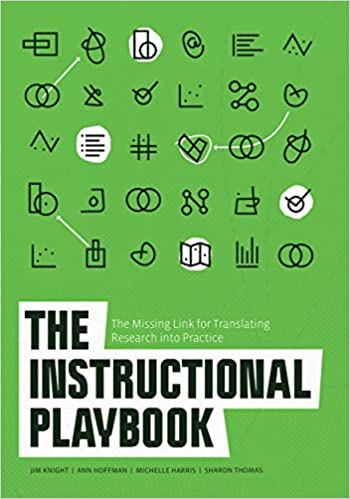
Before I get into my review, I thought I would start with why I wound up reading this book.
One of the questions that has been on my mind over the summer and into the first part of the school year is how, in a post-pandemic instruction, do I continue as a technology integrator, help teachers to improve blended learning and instructional technology use? And, the answer that I’m chewing on is this: Maybe I just keep doing what I’ve been doing. Because, my philosophy has always been to put instruction and learning first, and then think about how tech can support learning outcomes. And, maybe the best thing that I can do is help people focus on good instructional practice. But, how do I focus on good instructional practices? And, honestly, being concise and clear is something that I can always work on.
So, with that idea in mind, I was fortunate to get connected with this title.
Now, if you know me, I’m a huge fan of Jim Knight. While some people have concerts they want to go to as bucket list items, attending an Instructional Coaching Group conference is a bucket list item for me.
First, I think it’s important to note what The Instructional Playbook is not. It is not a set of pre-packaged plays that can be taken and used by teachers and schools. I’m aware that people love the turnaround, prepacked resources–something that can be used the following day in a classroom or faculty meeting. In a world where anyone can go onto Teachers Pay Teachers, find materials for a few bucks, download and push them out in their LMS, it’s unfortunate that too often the criteria educators have for good instructional materials is how nice they look in a Pinterest board, or how little effort would be needed to make the material work in a classroom [excuse my snark]. If these are your criteria, this is not the book for you.
What is The Instructional Playbook? A playbook, as Knight and his co-writers describe, is a concise document that contains the core strategies instructional leaders will use to convey best practices to teachers. And, it lays out the process of how districts should create these books.
After reading this book, you’re going to find that the hard work is really just beginning. Each chapter lays out a distinct step in creating a playbook. The underlying philosophy, the summary steps, reflective questions, and some further resources.
Now, there are several examples of what other districts created for playbooks and the one-page plays that y is advocating for. The whole final section of the book is dedicated to examples of other playbooks. I walked away with ideas for how this would need to look. However, thinking about this, not having lots of plays to pick up and work with makes total sense. The playbook has to be crafted within the context of a district, its teachers, the learning outcomes teachers are seeking, and the needs of the students. Taking someone else’s playbook and using it, makes just as much sense as Josh Allen using Tom Brady’s plays. Or, buying something from “Teachers Pay Teachers” and simply giving it to students without any consideration for how it meets their needs.
The book gives a process of how to create a playbook, the questions that instructional leaders need to ask, and lots of rationale and outcome of what a good playbook would look like at the end. With this book in hand, professional developers and district administrators could guide excellent conversations with their people to create such a handbook. What a great book to use as a year-long book study.
My favorite part of this book is The Instructional one-pagers. Remember–I’m thinking alot about how I can hone my edtech coaching around thinking about instruction. The one-pager, a concise description of a research-based strategy, its implementation by teachers and success criteria for students, is the crystallization of this thinking about instruction.
What’s my takeaway from this book–it’s given me some inspiration to create 1 page technology tips. You’ve probably seen some of them on my blog already, and while they aren’t exactly what’s described in the book, they’re a work in progress. I hope you’ll take some time to read The Instructional Playbook and be inspired by it as I was.
Thanks. See you soon.

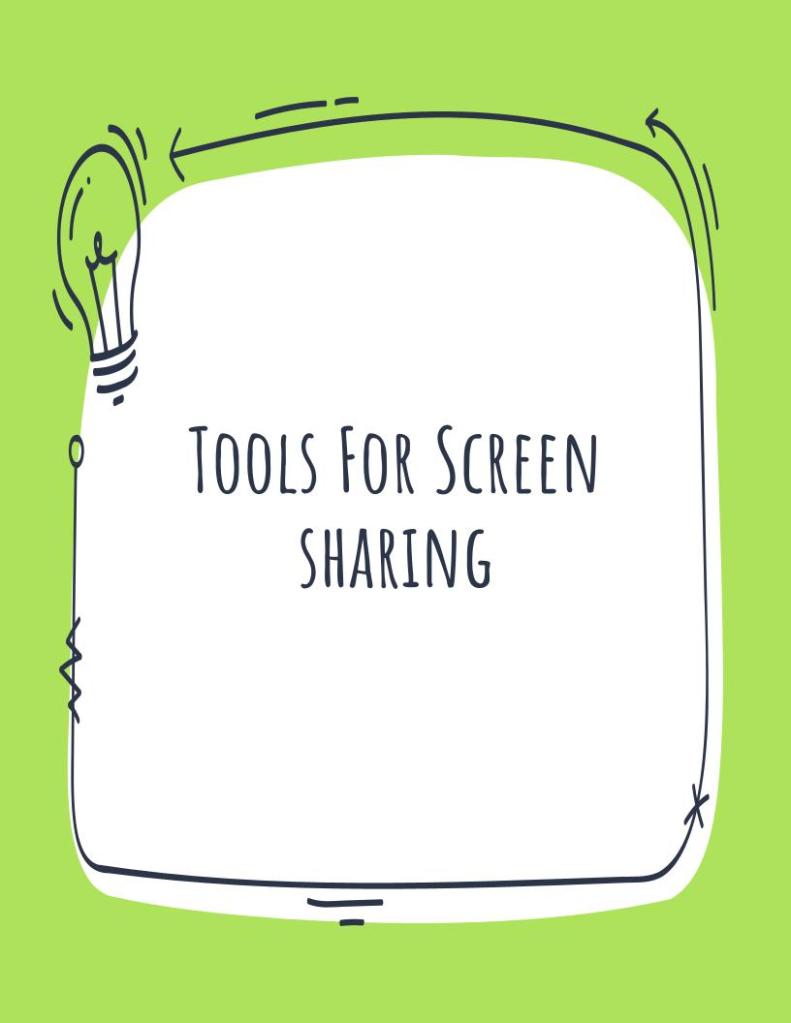
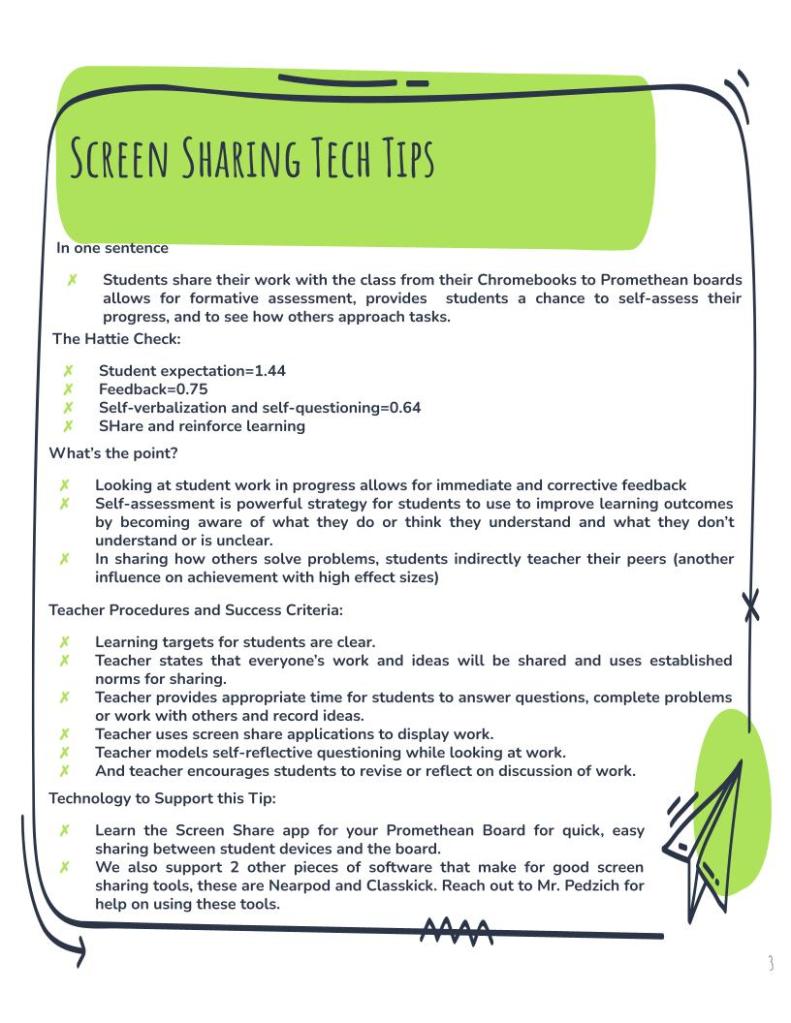
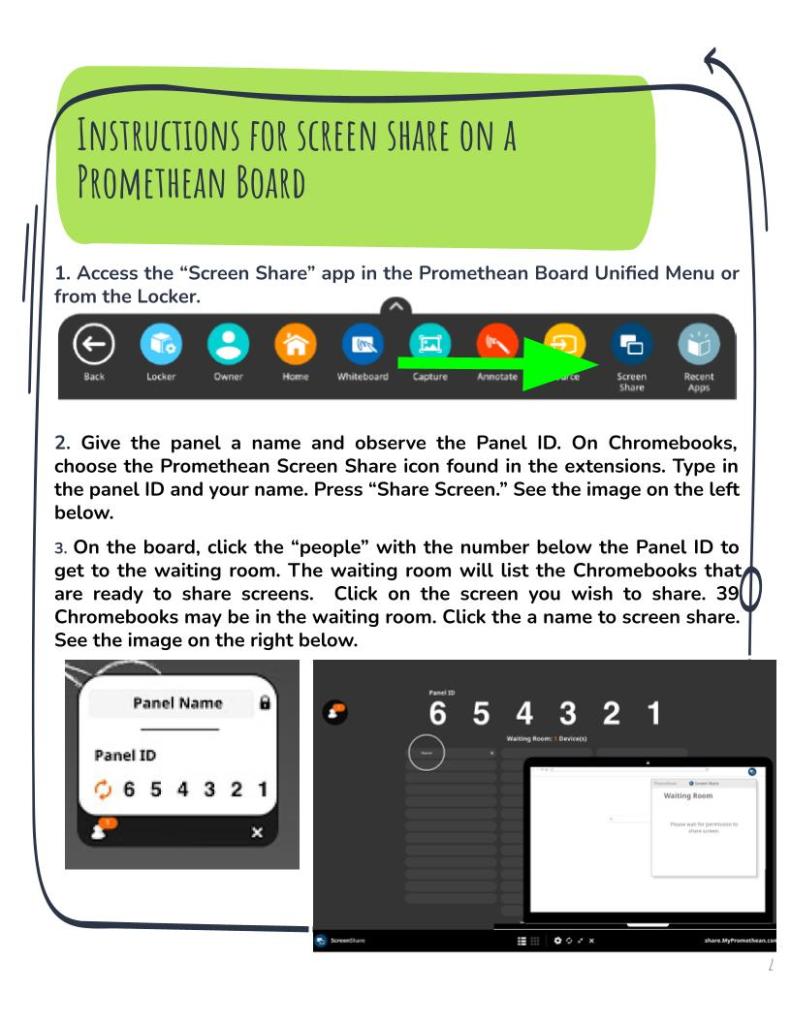


You must be logged in to post a comment.